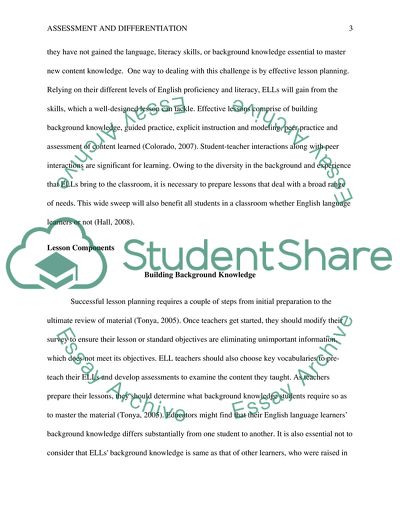Cite this document
(Assessment and Differentiation Literature review Example | Topics and Well Written Essays - 1250 words - 1, n.d.)
Assessment and Differentiation Literature review Example | Topics and Well Written Essays - 1250 words - 1. https://studentshare.org/education/1783014-assessment-and-differentiation
Assessment and Differentiation Literature review Example | Topics and Well Written Essays - 1250 words - 1. https://studentshare.org/education/1783014-assessment-and-differentiation
(Assessment and Differentiation Literature Review Example | Topics and Well Written Essays - 1250 Words - 1)
Assessment and Differentiation Literature Review Example | Topics and Well Written Essays - 1250 Words - 1. https://studentshare.org/education/1783014-assessment-and-differentiation.
Assessment and Differentiation Literature Review Example | Topics and Well Written Essays - 1250 Words - 1. https://studentshare.org/education/1783014-assessment-and-differentiation.
“Assessment and Differentiation Literature Review Example | Topics and Well Written Essays - 1250 Words - 1”. https://studentshare.org/education/1783014-assessment-and-differentiation.


